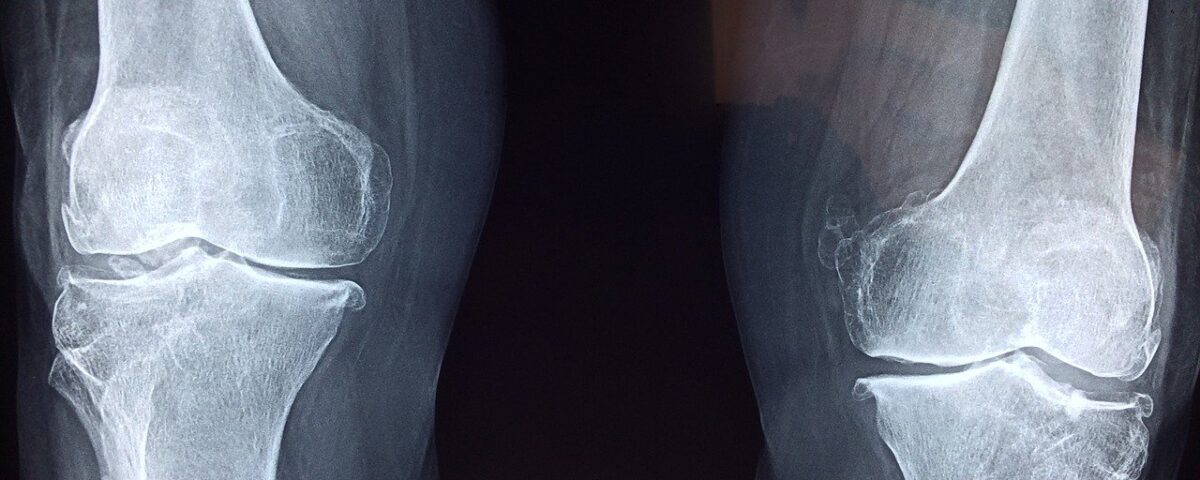
How to Own the Moon
August 22, 2021
Why We Need to Name Heat Waves
August 24, 2021Before going to the hospital, we can look up a price for a test or x-ray or procedure.
The process though is a prescription for decision fatigue.
The Transparency Rule
The start date was January 1, 2021.
According to a Trump Administration rule, hospitals are now required to publish each payer’s prices. It makes sense. If you and I and all payers know what everyone is charging, maybe we wind up with more competition and price-based decisions.
It has not quite worked out that way.
Yes, we’ve been able to see how much prices vary in and among hospitals. But, because of the different formats, price definitions, and service descriptions, hospital and procedure comparisons are somewhat incomprehensible. An attempt to decipher all of it could lead to a new ailment–what behavioral economists call decision fatigue because navigating the path to a price is exhausting.
Hospital Prices
The NY Times provides some instructions. They suggest first checking your insurance information and also whether you picked your plan during open enrollment. From there, you need a Google search to find your hospital’s price files. Next, you might have to follow several links that could take you to a “negotiated price list” or a “comprehensive machine-readable file.” Then, if the list is not in excel, you might need to download the compatible software. And still you have not accessed what you need but you get the picture.
When you find a file, it could tell you that the price of a colonoscopy at one hospital ranges from $728 to $1,801:

NY Times “Hospitals and Insurers Didn’t Want You to See These Prices. Here’s Why.” https://www.nytimes.com/interactive/2021/08/22/upshot/hospital-prices.html
Or, if you went to the University of Mississippi, the top price is $2,144:

NY Times “Hospitals and Insurers Didn’t Want You to See These Prices. Here’s Why.” https://www.nytimes.com/interactive/2021/08/22/upshot/hospital-prices.html
Similarly, this is how much the price of an MRI can vary:
“Early results from federal price transparency rule show difficulty in estimating the cost of care” https://www.healthsystemtracker.org/brief/early-results-from-federal-price-transparency-rule-show-difficultly-in-estimating-the-cost-of-care/
Our Bottom Line: The Price System
In a market economy, prices provide information. On the supply side, they let hospitals identify their costs, predict profits, and see what others are charging. Meanwhile, on the demand side, patients can shop around. Observing the law of demand that says higher prices means less of a quantity demanded, they can look for the lowest prices.
During the past 21 1/2 years, through a very imperfect price system hospital services prices have soared a whopping 207.5 percent:

“Chat of the day…or century?” https://www.aei.org/carpe-diem/chart-of-the-day-or-century-6/
Looking ahead, we can ask if the Transparency Rule will bring the price system to hospital services.
My sources and more: Pairing these NY Times articles, here and here, with economist Mark Perry’s “chart of the century,” and this KFF analysis created an interesting synergy. Also, you might want to look at this past econlife where we cited some reasons for higher hospital prices.
![econlifelogotrademarkedwebsitelogo[1]](/wp-content/uploads/2024/05/econlifelogotrademarkedwebsitelogo1.png#100878)




